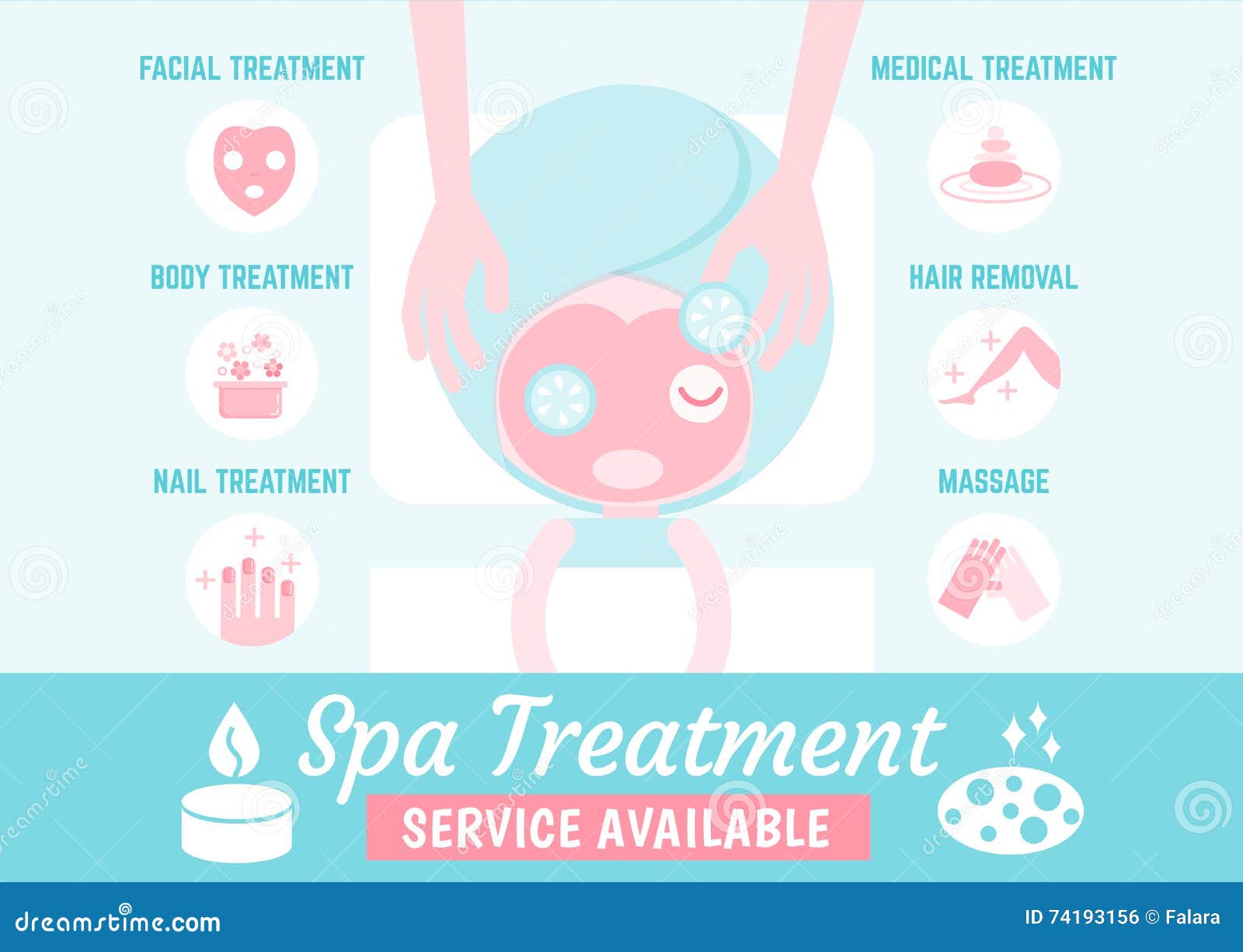5 Regular Therapy Approaches Used By Lymphedema Clinicians
5 Regular Therapy Approaches Used By Lymphedema Clinicians
Blog Article
Article By-Jespersen Romero
If you're dealing with lymphedema, recognizing the common therapies available can make a substantial difference in handling your problem. Lymphedema professionals typically provide a selection of approaches tailored to your needs. From manual lymphatic water drainage to compression therapy, each therapy plays a role in enhancing your quality of life. Yet just what do these treatments include, and how can they profit you? Let's explore the alternatives that could help you restore control.
Handbook Lymphatic Drain
When you're managing lymphedema, Manual Lymphatic Drain (MLD) can be a game-changer.
This customized massage therapy method focuses on promoting the lymphatic system to help in reducing swelling and promote liquid motion. During an MLD session, an experienced specialist uses mild, rhythmic strokes to urge lymph flow, targeting locations where fluid builds up.
You might discover a substantial reduction in pain and an improvement in mobility after just a few sessions. It's vital to kick back and take a breath deeply throughout the therapy, allowing your body to respond effectively.
While MLD isn't a treatment, it can be an indispensable part of your lymphedema management plan, assisting you restore control and enhance your lifestyle.
Do not underestimate its advantages!
Compression Treatment
After experiencing the benefits of Handbook Lymphatic Drain, several find that integrating Compression Treatment into their regimen can better enhance lymphedema monitoring.
This treatment involves using specially designed garments, like compression stockings or sleeves, to use regular stress to influenced areas. By doing so, you aid prevent fluid accumulation and advertise lymphatic circulation.
It's vital to work with a lymphedema specialist to establish the appropriate level of compression for your needs. They'll direct you in selecting the appropriate garment and making sure a correct fit.
Frequently using these garments can substantially decrease swelling and discomfort. Bear in mind, consistency is key; the a lot more you use them, the better your outcomes will certainly be.
You'll likely feel more comfy and positive in your day-to-day activities.
Exercise and Activity
Incorporating workout and movement into your lymphedema management routine can dramatically improve your general well-being. Routine physical activity assists stimulate lymphatic flow, minimizing swelling and discomfort.
Aim for low-impact workouts like strolling, swimming, or biking, which are mild on your body while still advertising flow. Extending and flexibility exercises can even more boost your series of activity and stop stiffness.
Pay attention to your body; start gradually and progressively increase strength as you really feel comfy. It's essential to remain moisturized and wear your compression garments throughout workouts to maximize results.
Skin Care and Hygiene
Maintaining proper skin treatment and health is vital for lymphedema monitoring. You need to keep your skin clean and hydrated to avoid infections and maintain its stability.
Delicately clean the damaged location with moderate soap and warm water, guaranteeing you dry it completely without rubbing. Apply a fragrance-free moisturizer daily to maintain your skin moisturized and stop dry skin, fracturing, or irritability.
Check your skin consistently for any kind of indications of inflammation, swelling, or breaks. If you discover any abnormalities, resolve them immediately to prevent problems.
Avoid tight garments and devices that may irritate the skin. Remember, taking simply click the next site can significantly impact your lymphedema care and total skin health and wellness, helping you feel much more comfortable and positive.
Client Education And Learning and Self-Management
Recognizing your condition and proactively joining your care are necessary elements of handling lymphedema properly. Informing on your own about lymphedema will certainly encourage you to make informed decisions concerning your therapy. Familiarize yourself with the signs and symptoms, and learn how to acknowledge flare-ups.
Self-management strategies, like exercising appropriate skin care and keeping a healthy weight, are important. Consider wearing compression garments as directed and take part in normal, mild exercises to advertise lymphatic flow.
Maintain a journal to track your signs and symptoms and therapies, and don't be reluctant to communicate honestly with your health care group about any type of issues.
https://www.keiseruniversity.edu/keiser-university-chiropractic-team-studies-the-effects-of-flexion-distraction-technology/
Integrating these therapies can make a considerable distinction in managing lymphedema. By participating in manual lymphatic drain, utilizing compression therapy, remaining energetic, focusing on skin care, and accepting person education, you can take control of your problem. Remember, it's all about locating what works best for you and incorporating these techniques right into your daily life. With the ideal assistance and knowledge, you can enhance your lifestyle and take care of lymphedema more effectively.
